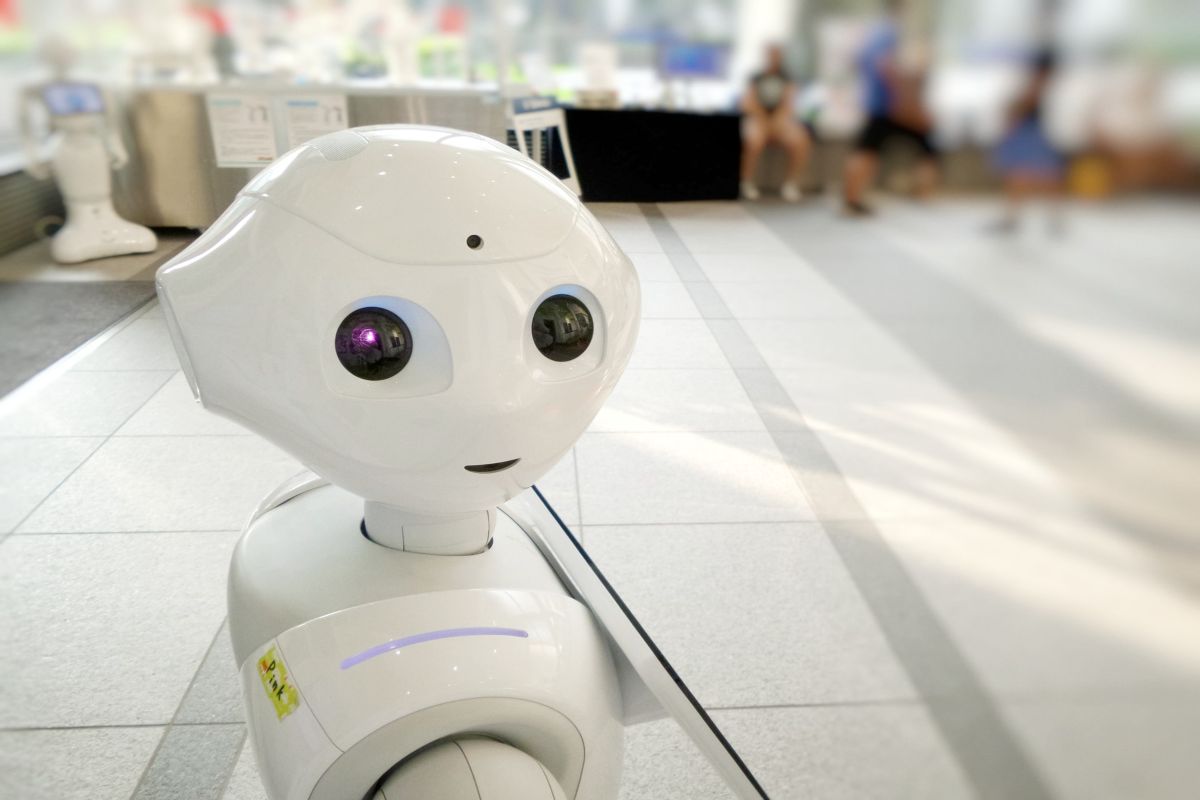The arrival of Artificial Intelligence has been the original source of many innovative ideas and technologies. It has been born due to human experts but has the potential to operate beyond any manual power with 100% accuracy, has become a sort of addiction for the general public as they demand from business entities, banks, and insurance companies to supplement them with online facilities because they guarantee convenience and save loads of time.
Every automated solution/system in any industry functions on the combination of thousands of Artificial Intelligence (AI models) leading to a great customer satisfaction rate but the technologies brought by AI have also created a fair share of negative consequences, as many potential hackers and scammers are more efficient in deception than ever before.
How AI-Driven Technologies Have Shaped Human Life?

1. Sheer Range of AI-Driven Technologies
In the age of digitization, AI-based programs are deployed in every possible industry out there that is responsible for major decisions predicting the future of the institute or organization.
The algorithms of AI decide and analyze whether the concerned individual or party is authentic or not, whether a particular collaboration would be a risk or profitable, should the bank grant this loan or not, and much more.
2. Authentication of Prospects
If we talk from a business standpoint, then in the era of globalization, huge corporations and many small but potential startups tend to collaborate with recognized brands and enhance their magnitude of revenue.
To accomplish all of that, prior to forming any sort of relation, the firm wants to be 100% sure about the individual/firm as they’ll share their reputation with the other party.
For verifying someone’s ID and credentials, there are plenty of AI-powered technologies that, with access to several classified government records and digital data storage units, can validate the identity of a soul in real-time.
If a person is under surveillance or a suspect in any investigation, in a PEP or ECL list, whatever, the verifying business would be notified of the status instantly.
The same goes with banks, before entertaining a client, the authorities perform a background check and AML screening to make sure the person is clean.
3. Consistent Surveillance
Not only that, just like in the case with humans, when a man/woman makes an estimate about another person or event by observing current circumstances, similarly, AI can predict possibilities of future events happening but with 100% accuracy, for risk management.
For example, the AI-based solutions notify the concerned businesses and banks immediately when the amount of trade and transaction respectively by the customer exceeds the predefined limit, to prevent money laundering or any other financial crime.
4. Prevent Insurance Frauds
A systematic AI-powered solution is extremely essential for insurance companies as well. Many criminals and scammers apart from money laundering commit health insurance frauds of substantial amounts for either their individual/collective benefit or for funding illicit plans.
A fraudster can pretend to be infected or ill in order to cash the insurance policy. The chances of fake IDs and medical records are more likely due to the financial gain involved.
Many fraudsters design or purchase synthetic identity credentials from the dark web for committing insurance fraud, a functional AI-based technology prevents all of this instantly.
5. Difference Between Machine Learning and Artificial Intelligence
People often get confused or mix up these two terms. Artificial intelligence is a technology that can perform every human task with supreme perfection whereas machine learning (ML) is an integral part of AI that helps it in achieving that.
The machine learning algorithms of an automated software enable the solution to enhance its performance by recognizing and learning from the past data without rewriting the program of the system.
6. How do the AI-Based solutions detect False Documentation?
The AI-based technologies with ML and (OCR) Optical Character Recognition services integrated, capture and validate the data of an individual or a company from the data storage units of regulatory bodies.
As mentioned due to ML, AI-driven technology recognizes forged and counterfeit elements in a document in a go because they get efficient after every verification scan, which means the accuracy rate of AI models keeps increasing, every few seconds.
7. Misuse of AI Technologies
AI has mass potential to eliminate the difference between fake and real. Therefore despite countless modern technologies, data breaches, ID frauds, and money laundering cases aren’t stopping. In banks, firms, traveling, especially in the media, many scandals originated from the functions of AI-based technologies. Many popular female icons were the subject of mockery and humiliation due to false imagery and video proofs created via Deepfake technology.
Conclusion
AI has revolutionized every possible aspect of human life from prospect verification, ongoing surveillance, prevention of frauds, robotics, AI is the future of human generation but on the other hand, artificial intelligence-based programs/software can create also false content, documentation, data breach, cause money laundering, social controversies, and so much more. But the striving efforts of regulatory authorities and tech leaders, many counter technologies are to be believed will put a stop to all of this.
Read Also:
- How To Accelerate Your Artificial Intelligence Workload
- How Artificial Intelligence Can Help Prevent Identity Fraud?
- An Artificial Intelligence (AI) Enabled Era
Author: Stephan Harry
















